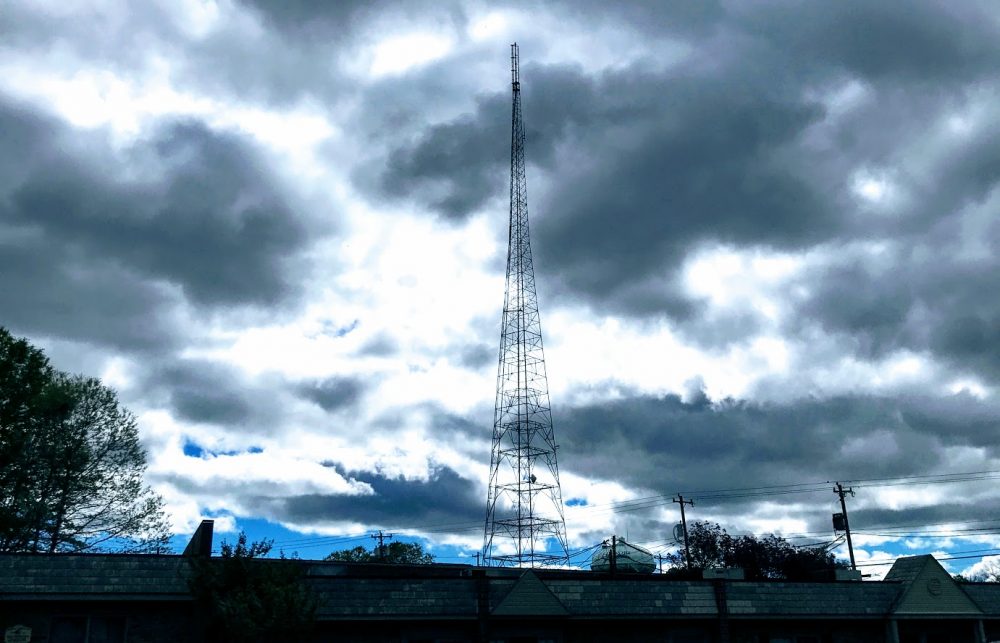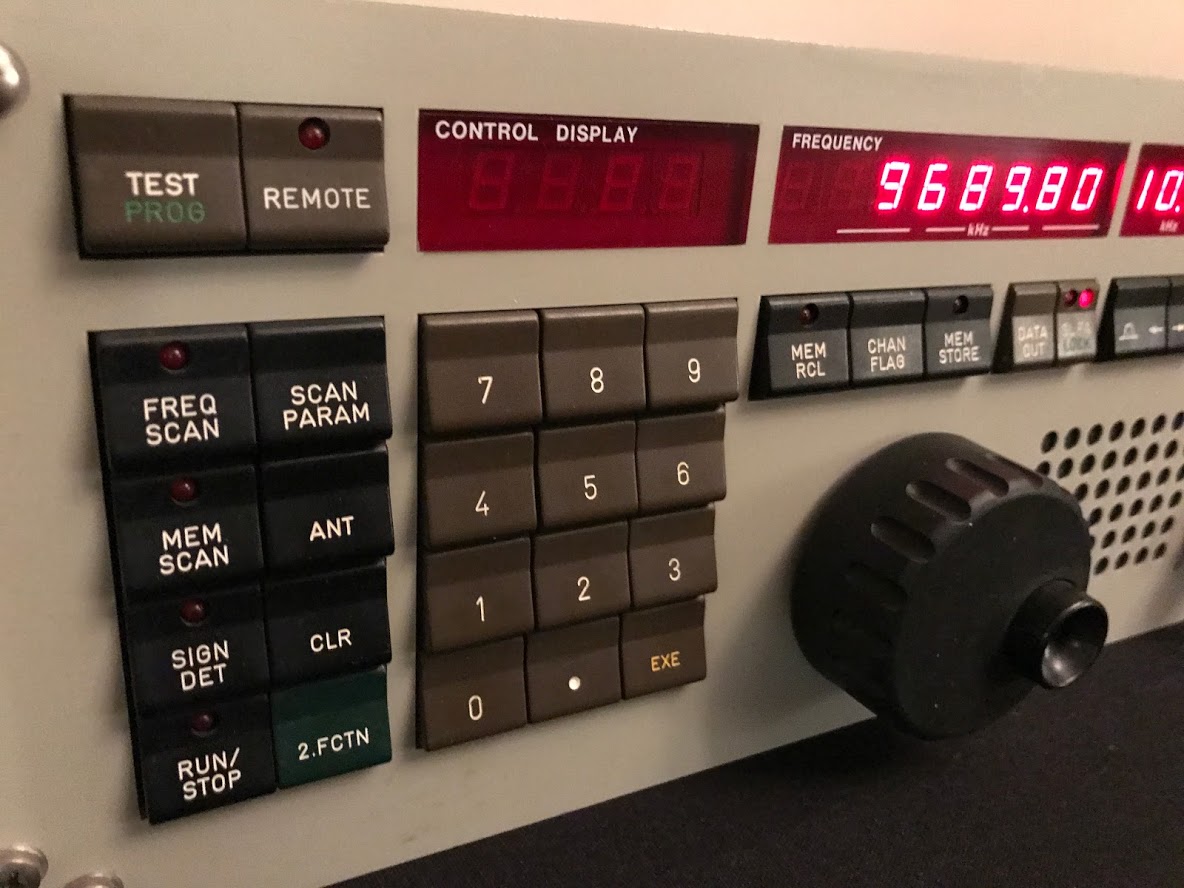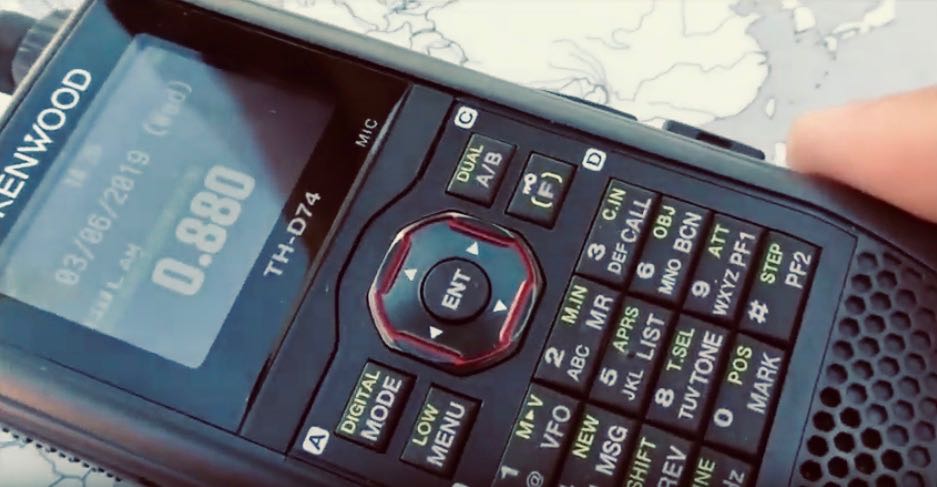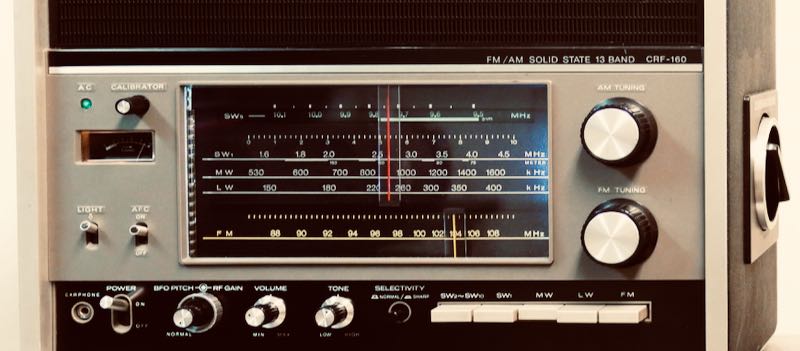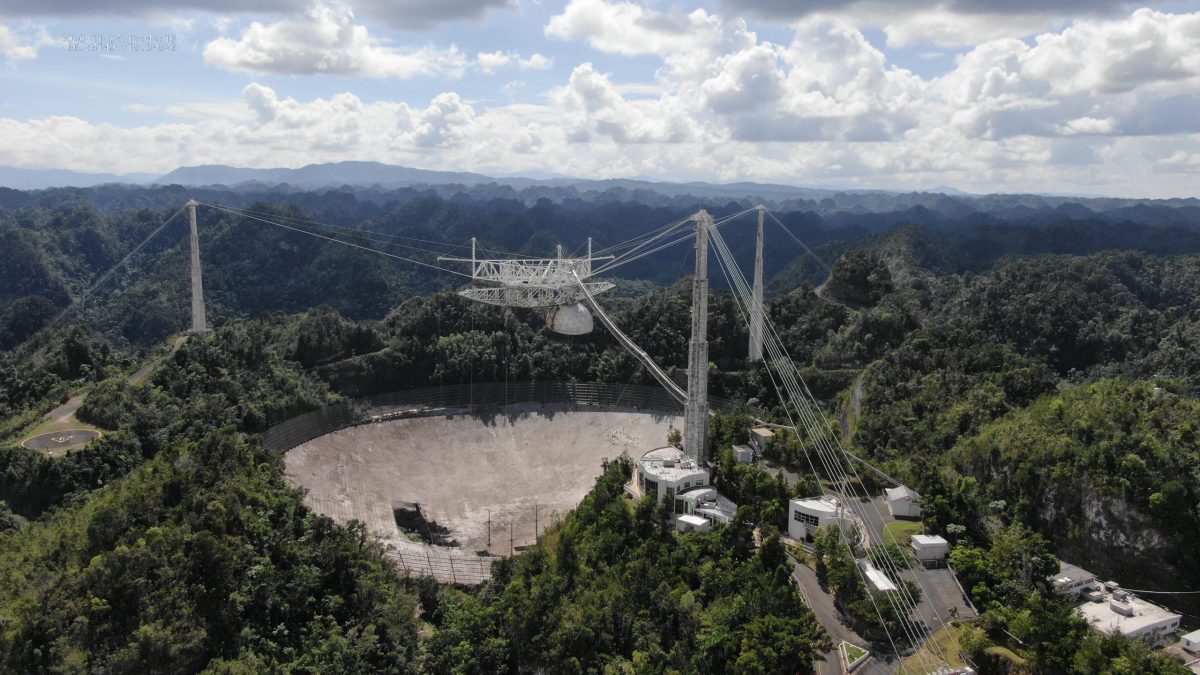
Arecibo Observatory’s 305-meter telescope in November of 2020 (Credit: University of Central Florida)
Radio Waves: Stories Making Waves in the World of Radio
Because I keep my ear to the waves, as well as receive many tips from others who do the same, I find myself privy to radio-related stories that might interest SWLing Post readers. To that end: Welcome to the SWLing Post’s Radio Waves, a collection of links to interesting stories making waves in the world of radio. Enjoy!
Many thanks to SWLing Post contributors Jerome van der Linden, Zack Schindler, and Wilbur Forcier and for the following tips:
Powering communication networks using solar power (BAI Communications)
BAI Communications (BAI) is committed to reducing emissions and contributing to a more sustainable future.
Over the past four years, BAI has invested in a number of initiatives that reduce power consumption as well as the carbon released into the atmosphere.
This year, four solar-powered sites were introduced in BAI’s broadcast transmission network; Yatpool, Victoria; Mawson, Western Australia; Minding, Western Australia; and Brandon, Queensland.
The annual reduction in CO2 emissions from our recent solar investment is 698 tonnes, equivalent to reducing:
- Greenhouse gas emissions from 2.7km driven by an average passenger vehicle
- CO2 emissions from charging 89 million smartphones
- Greenhouse emissions from 237 tonnes of waste sent to landfill
Find out how BAI implemented this solar power initiative as part of our commitment to managing our energy use and reducing consumption.
The complexity of sending sounds to (and from) space (Mashable)
Communication with astronauts in space is vital, whether it’s during travel, when they’re doing experiments on the International Space Station, or just want to chat. It’s also pretty tricky.
That’s the topic of the latest episode of Twenty Thousand Hertz, where host Dallas Taylor speaks with International Space Station commander Peggy Whitson, NASA audio engineer Alexandria Perryman, and astrophysicist Paul Sutter to get an idea of how communication between astronauts and Earth works across the vacuum of space.[…]
NSF to decommission Arecibo radio telescope (Space News)
WASHINGTON — The National Science Foundation announced Nov. 19 it will perform a “controlled decommissioning” of the giant radio telescope at the Arecibo Observatory in Puerto Rico, citing recent damage that made it unsafe to operate or even repair.
In a call with reporters, NSF officials said two broken cables used to support a 900-ton platform suspended over the telescope’s 305-meter main dish put the entire structure at risk of collapse. One cable slipped out of its socket in August, falling to the dish below and damaging it, while the second broke Nov. 6
Both cables are attached to the same tower, one of three surrounding the main dish. “The engineers have advised us that the break of one more cable will result in an uncontrolled collapse of the structure,” said Ralph Gaume, director of the NSF’s Division of Astronomical Sciences, referring to cables attached to that same tower. That would result in the platform crashing down to the main dish and potentially toppling one or more of the towers.
Engineers advising the NSF and the University of Central Florida (UCF), which operates Arecibo for the NSF, concluded that it was not possible to safely repair the structure because of the collapse risk. “After the recent failure, WSP does not recommend allowing personnel on the platform or the towers, or anywhere in their immediate physical vicinity in case of potential sudden structural failure,” stated WSP, one engineering firm involved in that analysis, in a Nov. 11 letter to UCF.
“NSF has concluded that this recent damage to the 305-meter telescope cannot be addressed without risking the lives and safety of work crews and staff, and NSF has decided to begin the process of planning for a controlled decommissioning of the 305-meter telescope,” said Sean Jones, assistant director of the NSF’s Mathematical and Physical Sciences Directorate.
Engineers are working on a plan to carry out that controlled decommissioning, which will take several weeks to complete.[…]
International Broadcast Station Interference Overwhelms Hurricane Watch Net (ARRL News)
As Category 4 Hurricane Iota neared landfall in Central America on November 16, the Hurricane Watch Net (HWN) was forced to suspend operations at 0300 UTC because of what HWN Manager Bobby Graves, KB5HAV, described as “deafening interference from a foreign AM broadcast station that came out of nowhere at 0200 UTC.” At the time, the net had shifted to its 40-meter frequency of 7.268 kHz, collecting real-time weather and damage reports via amateur radio.
“This was heartbreaking for our team, as the eyewall of Iota was just barely offshore,” Graves said. “The storm had weakened slightly to a Category 4 hurricane with sustained winds of 155 MPH.” After activating at 1300 UTC, the net was able to collect and forward reports from various parts of Nicaragua and Honduras via WX4NHC throughout the day for relay to forecasters at the National Hurricane Center in Miami. Iota was the most powerful storm on record to make landfall this late in the hurricane season.
Graves said the very strong AM signal was on 7.265 MHz. “From my location, it was S-9,” he told ARRL. “You could not hear anything but the BC station.” The source of the signal was not clear, but as he noted, other foreign broadcast stations are to be heard from 7.265 to 7.300 MHz and splattering close by.
Stations handling emergency traffic during the response to Category 5 Hurricane Iota had requested clear frequencies on November 16 to avoid interfering with the HWN and with WX4NHC, as well as with a Honduran emergency net operation on 7.180 MHz and a Nicaraguan emergency net operating on 7.098 MHz. It’s not known if those nets were also affected by interference from the numerous broadcasters on 40 meters. “Thank you to all who allowed us a clear frequency,” Graves said on behalf of the HWN.[…]
[Personal note: I understand that this is very late in the season for the Hurricane Watch Net to activate. Normally, they operate on 20 meters, but moved to 40 meters for the evening. I don’t believe net control was aware that this portion of the 40 meter band is shared with international broadcasters. I don’t believe the international broadcaster could be called “interference”–they operate on a publicly available schedule–ham radio nets are actually the ones who are frequency agile. This seems to have just caught them off guard. I believe the HWN will be using frequencies below 7.2 MHz moving forward.]
Do you enjoy the SWLing Post?
Please consider supporting us via Patreon or our Coffee Fund!
Your support makes articles like this one possible. Thank you!


